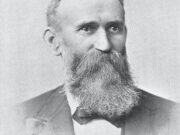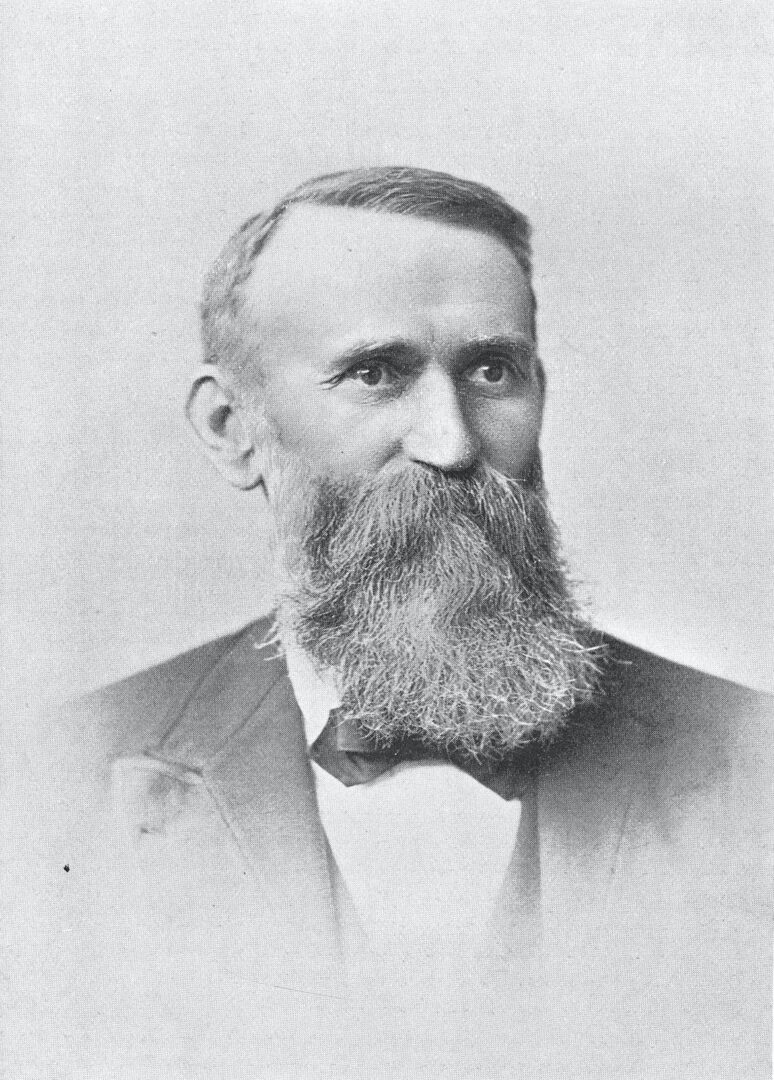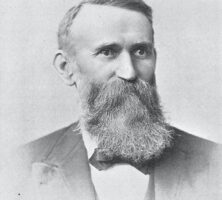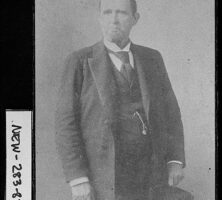A fraternal organization of white farmers and other rural southerners, including teachers, ministers, and physicians, the Farmers’ Alliance began in Texas in the mid-1870s and swept across the entire South during the late 1880s. The organization attempted to solve the mounting financial problems of southern farmers by forming cooperative purchasing and marketing enterprises. It advocated a federal farm-credit and marketing scheme called the subtreasury plan. When these efforts failed, the Alliance played a leading role in establishing a national third party, the People’s or Populist Party, in the early 1890s. This bold entry into partisan politics, however, split the Alliance’s membership and contributed to the organization’s rapid demise.
Origins and Growth
A small group of farmers in Lampasas County, Texas, formed the Farmers’ Alliance around 1875. The organization grew slowly and unsteadily; not until 1886 did it begin to expand into other states. The Alliance reached Georgia in the spring of 1887, when J. B. Wilkes, a former resident of Georgia, organized several subordinate alliances (as local chapters were called) in Troup County. By the end of the year, Alliance members from seventeen counties met at Fort Valley and formed the Georgia Farmers’ Alliance. The organization then grew rapidly across the entire state. By the summer of 1890 it claimed 100,000 members in Georgia, with more than 1,000 members in each of the following counties: Carroll, Cherokee, Cobb, Emanuel, Forsyth, Franklin, Gwinnett, Hall, and Paulding.
The Farmers’ Alliance did not admit African Americans, but a separate (though in many ways subordinate) Colored Farmers’ Alliance was formed in Texas in 1886. The Colored Alliance reached Georgia by 1889 and held its first state meeting in Macon one year later, but it never reached the membership or influence of its white counterpart. Most of the local chapters that the Colored Alliance organized in Georgia were dispersed through the state’s cotton belt.
Programs and Politics
In keeping with the organization’s emphasis on self-help, the Farmers’ Alliance established cooperative stores, cotton warehouses, and cotton gins. In 1889 the Georgia Alliance opened a state cooperative exchange in Atlanta, which enabled members throughout the state to purchase agricultural supplies and other staple goods at discounted prices. Most of these cooperative enterprises succeeded briefly but ultimately collapsed due to opposition from merchants and bankers and a shortage of capital. The Georgia Alliance also led a successful boycott against the manufacturers of jute baling, which farmers used to wrap their cotton, after they raised prices sharply in 1888.
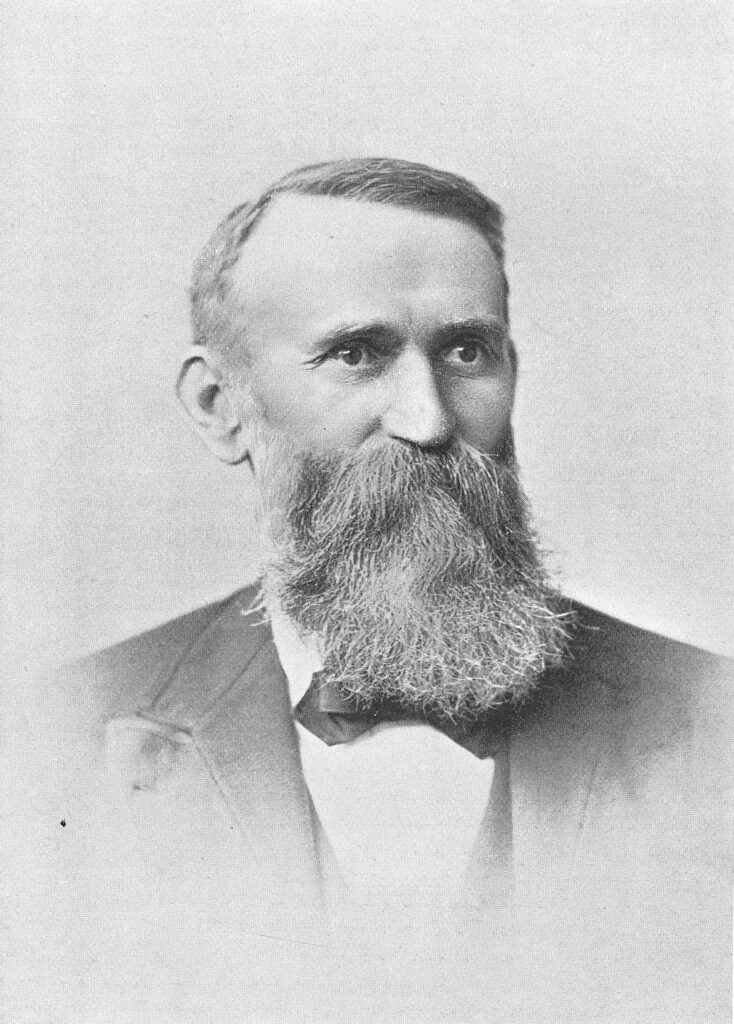
Courtesy of Hargrett Rare Book and Manuscript Library, University of Georgia Libraries.
The platform of the National Farmers’ Alliance and Industrial Union (the parent organization of the Georgia Alliance) included demands for the free coinage of silver, a graduated income tax, the direct election of U.S. senators, and governmental ownership of the means of communication and transportation. In December 1889 leaders of the organization introduced the subtreasury plan, which called for the federal government to give farmers low-interest loans against nonperishable crops, which were to be stored in government-built warehouses. Introduced in both houses of Congress in February 1890, the bill quickly became buried in committee, never to be enacted.
Subsequently, the Alliance began efforts to secure the nomination of Democratic state and congressional candidates who would support the organization’s demands in Georgia and across the South. In Georgia, which was then dominated by the Democratic Party, the Alliance helped elect six new Democratic congressmen in 1890 (while securing pledges of support from the other four) and also elected the new governor, Hancock County Alliance leader William J. Northen, and a large majority of representatives in both houses of the state legislature.
But the inaction of this “Alliance legislature” on such crucial issues as taxation, the crop lien system, and the regulation of railroads and out-of-state corporations convinced many Alliance members that the Democratic Party would never support the Alliance reform program. Therefore, like their counterparts in many other southern states, Georgia Alliance members helped launch the Populist Party in 1892. The rallies, camp meetings, and picnics that had always figured prominently in the Alliance movement became a means of mobilizing supporters of the new party. On the other hand, many in the Georgia Alliance—including Governor Northen, U.S. senator John B. Gordon, and Congressman Leonidas F. Livingston (president of the Georgia Alliance from 1888 until 1892)—refused to abandon the Democratic Party and ultimately chose to abandon the Alliance instead.
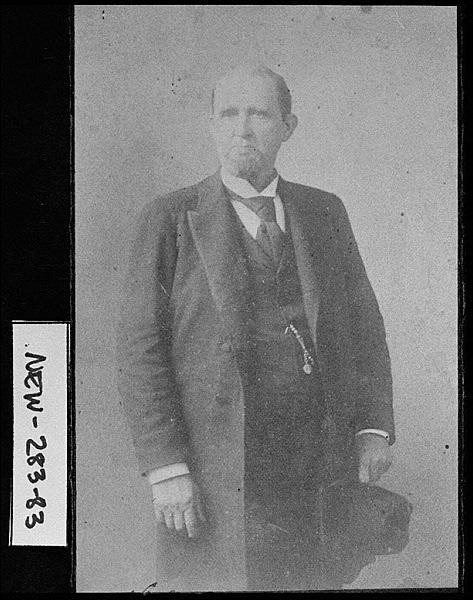
Courtesy of Georgia Archives.
Demise and Legacy
The decline of its cooperative enterprises and the internal strife engendered by its support of the Populist Party led to the rapid demise of the Farmers’ Alliance. Membership in Georgia plummeted to 16,000 in 1892, and the once powerful state chapter folded four years later. Nevertheless, during its brief heyday the organization provided both social and economic benefits to its members. Moreover, the Alliance left its mark on both state and national politics, and some of its demands—the direct election of U.S. senators, the graduated income tax, and various farm credit acts that contained echoes of the subtreasury plan—were enacted into federal law during the early twentieth century.


